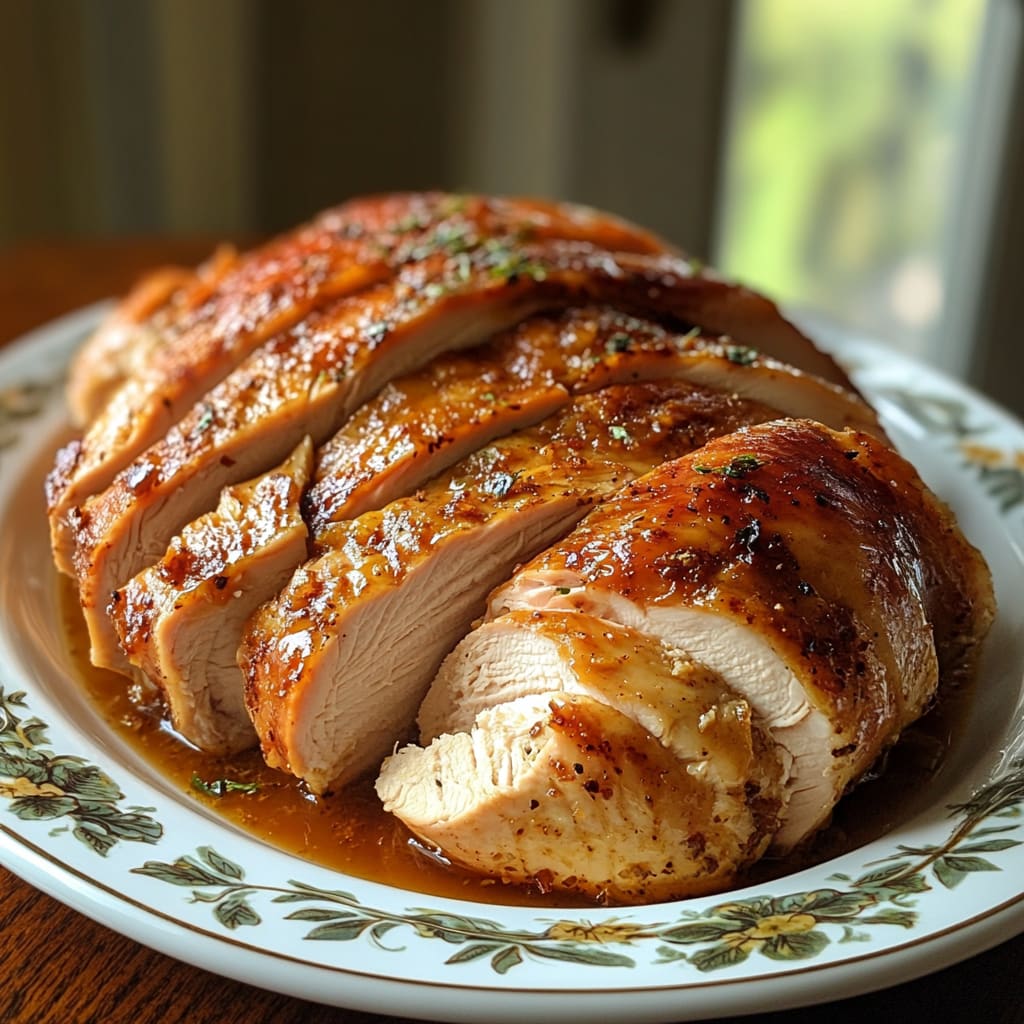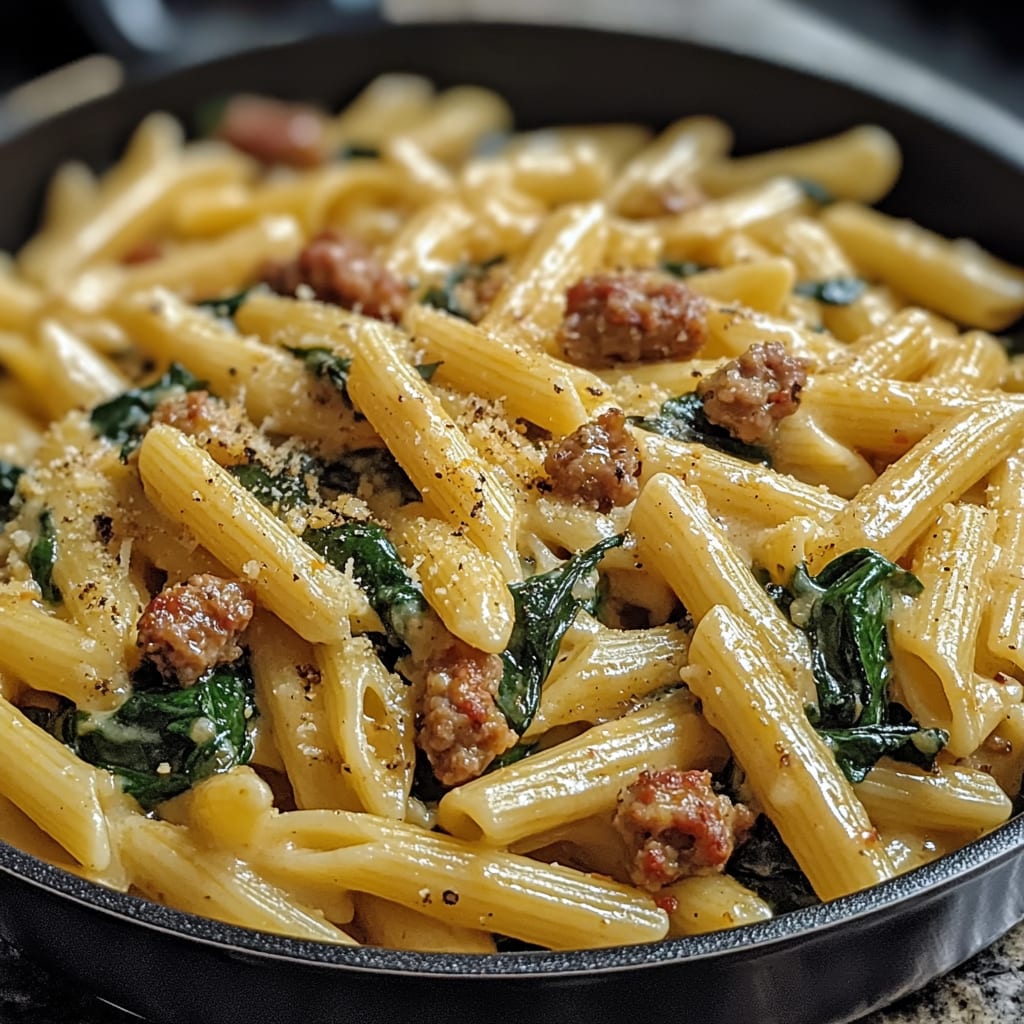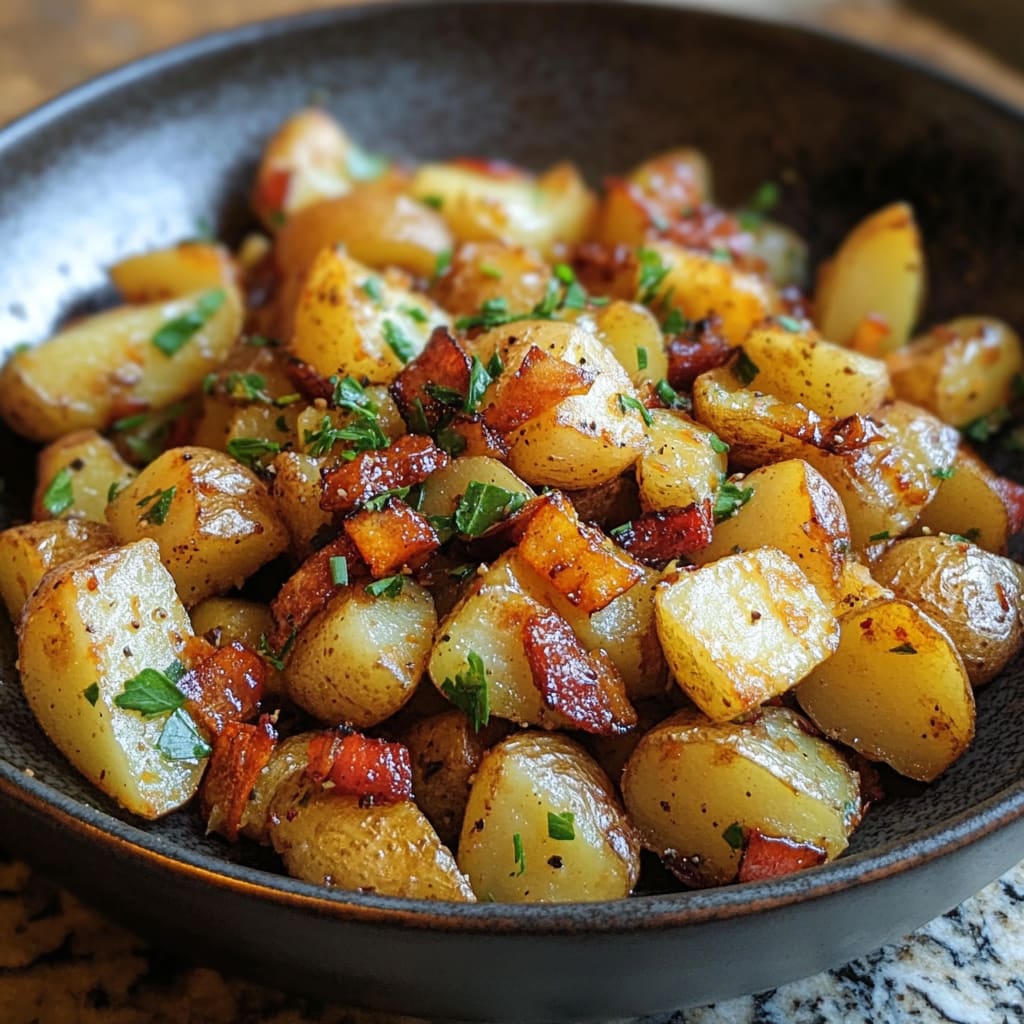The irresistible aroma of Lo Mein Noodles wafting through your kitchen promises a flavor explosion that rivals your favorite takeout spot. This beloved Chinese classic features slippery, savory noodles tossed with crisp vegetables and your choice of protein, all enveloped in a perfectly balanced umami sauce. What makes homemade Lo Mein Noodles truly special is how quickly this restaurant-worthy dish comes together using simple pantry ingredients. You’ll learn exactly how to achieve that authentic taste and texture while customizing the recipe to suit your preferences.
Why You’ll Love This Recipe
This Lo Mein Noodles recipe will quickly become a weeknight favorite in your meal rotation for countless reasons. First, it’s incredibly versatile—use whatever vegetables are in your refrigerator and any protein you have on hand, making it perfect for reducing food waste. The satisfying contrast between the tender, slightly chewy noodles and the crisp-tender vegetables creates a textural masterpiece in every bite.
The sauce strikes that perfect balance—savory, slightly sweet, with a gentle hint of sesame that coats every strand without becoming soggy. Unlike takeout versions that can leave you feeling heavy, this homemade Lo Mein remains light yet satisfying.
Perhaps best of all, this entire dish comes together in just 30 minutes, often faster than delivery would arrive. The ingredients are accessible at most regular supermarkets, eliminating the need for a special shopping trip. When you control the ingredients, you can adjust the sodium, oil, and vegetable-to-noodle ratio exactly to your preference, creating a healthier version of this Chinese noodle favorite.
Ingredients
For the Lo Mein Noodles, you’ll need:
- 8 oz (225g) lo mein noodles or Chinese egg noodles (substitute with spaghetti in a pinch)
- 2 tablespoons vegetable oil, divided
- 2 cloves garlic, minced (about 2 teaspoons)
- 1 tablespoon fresh ginger, grated
- 1 medium carrot, julienned (about 1 cup)
- 2 cups cabbage, thinly sliced
- 1 red bell pepper, julienned
- 3 green onions, cut into 2-inch pieces
- 1 cup bean sprouts (optional)
- Protein of choice: 8 oz (225g) chicken, beef, shrimp, or tofu
For the sauce:
- 3 tablespoons soy sauce (low-sodium preferred)
- 1 tablespoon dark soy sauce (for color and richness)
- 1 tablespoon oyster sauce
- 2 teaspoons sesame oil
- 1 teaspoon sugar
- ¼ teaspoon white pepper
The dark soy sauce is crucial for achieving the authentic caramel color of restaurant-style Chinese lo mein, while oyster sauce provides that distinctive umami depth that makes these noodles irresistible. For vegetable selection, feel free to swap in snow peas, mushrooms, or bok choy based on seasonal availability.
Pro Tips
Getting restaurant-quality Lo Mein Noodles at home hinges on three critical techniques. First, cook your noodles just until al dente, then immediately rinse under cold water to stop the cooking process. This prevents the dreaded mushy noodle syndrome that plagues many homemade versions. The noodles will finish cooking when tossed with the hot ingredients and sauce.
Second, prepare all ingredients before heating your wok or skillet. Lo Mein cooking happens extremely quickly, and having everything prepped and within arm’s reach ensures nothing overcooks while you’re fumbling with vegetables. Cut all vegetables to similar sizes so they cook at the same rate.
Finally, master the art of the high-heat stir-fry. Your pan should be smoking hot before adding oil, and ingredients should be cooked in a specific order: aromatics first, followed by proteins, then harder vegetables, softer vegetables, and finally the noodles and sauce. This layering of ingredients ensures everything is perfectly cooked without becoming soggy. Remember that a properly made Lo Mein should have vegetables that retain a slight crunch—overcooking them is the most common mistake in noodle stir-fries.

Instructions
Step 1: Prepare the Noodles
Bring a large pot of water to a rolling boil. Add the lo mein noodles and cook according to package directions, usually 4-5 minutes. You want them slightly firmer than al dente as they’ll continue cooking later. Drain immediately and rinse under cold water to stop cooking. Toss with 1 teaspoon of vegetable oil to prevent sticking and set aside.
Step 2: Make the Sauce
In a small bowl, whisk together soy sauce, dark soy sauce, oyster sauce, sesame oil, sugar, and white pepper until the sugar dissolves completely. This balanced blend creates the signature Lo Mein flavor profile. Set aside to allow the flavors to meld while you prepare the other components.
Step 3: Cook the Protein
Heat 1 tablespoon of oil in a wok or large skillet over high heat until it’s shimmering. Add your protein of choice and cook quickly until just done—about 2-3 minutes for thinly sliced chicken or beef, 1-2 minutes for shrimp, or 3-4 minutes for tofu. Remove the protein from the pan and set aside to prevent overcooking.
Step 4: Stir-Fry the Vegetables
In the same pan, add the remaining oil if needed. Add garlic and ginger, stirring for just 30 seconds until fragrant. Add carrots and stir-fry for 1 minute, then add cabbage and bell peppers, cooking for another 1-2 minutes until vegetables are bright and crisp-tender. The key to perfect Lo Mein Noodles is maintaining vegetable texture.
Step 5: Combine Everything
Add the cooled noodles to the pan along with the cooked protein. Pour the sauce over everything and toss continuously with tongs or chopsticks for 1-2 minutes until the noodles absorb the sauce and everything is thoroughly heated. Add bean sprouts and green onions in the last 30 seconds—they should retain their crunch.
Step 6: Serve
Transfer your Lo Mein Noodles to a serving dish or individual bowls. The noodles should glisten with sauce and showcase a beautiful mix of colorful vegetables. Serve immediately while hot for the best texture and flavor experience.
Variations
Vegetable Lo Mein: For a vegetarian feast, omit the animal protein and double up on vegetables. Adding mushrooms (shiitake or cremini) contributes a meaty texture and umami flavor that makes this variation particularly satisfying. Replace the oyster sauce with vegetarian mushroom sauce to keep it completely plant-based. This veggie-forward version of Lo Mein Noodles is perfect for Meatless Mondays or vegetarian guests.
Spicy Lo Mein: Transform the traditional recipe by adding heat. Incorporate 1-2 teaspoons of chili oil, a tablespoon of sambal oelek, or 1 teaspoon of crushed red pepper flakes to the sauce mixture. For Korean-inspired spicy lo mein, add a tablespoon of gochujang paste. This variation pairs exceptionally well with beef or tofu.
Seafood Lo Mein: Create a luxurious version by using a combination of seafood—shrimp, scallops, and squid all work beautifully. Add a splash of fish sauce to the base sauce for enhanced seafood flavor, and consider garnishing with a sprinkle of nori flakes for an oceanic finish to your Lo Mein Noodles.
Storage and Serving
Lo Mein Noodles can be stored in an airtight container in the refrigerator for up to 3 days. The flavors often deepen overnight, making next-day leftovers particularly delicious. To reheat, add a splash of water or chicken broth before microwaving to revive the sauce, or better yet, quickly toss in a hot skillet to maintain the textural integrity of the vegetables and noodles.
For serving, present your Lo Mein family-style in a large, shallow bowl garnished with additional sliced green onions, sesame seeds, or cilantro. For a complete meal, pair with simple sides like steamed dumplings, a light cucumber salad dressed in rice vinegar, or crispy spring rolls.
To transform leftovers into something new, try adding a ladle of hot chicken or vegetable broth to create a quick noodle soup, or chop and incorporate into an omelet for a fusion breakfast option. Lo Mein Noodles are remarkably adaptable for creative leftover transformations.
FAQs
Can I make Lo Mein with regular spaghetti?
Yes, while traditional Chinese egg noodles create the most authentic Lo Mein Noodles, spaghetti makes an acceptable substitute. Cook the spaghetti about 1 minute less than package directions for the proper texture.
What’s the difference between Lo Mein and Chow Mein?
Lo Mein noodles are tossed with sauce after cooking, while Chow Mein noodles are fried until crispy. Lo Mein tends to be saucier and softer, while Chow Mein provides a crispy noodle base.
Can I prepare components ahead of time?
Absolutely! The sauce can be mixed up to 3 days ahead, vegetables can be chopped a day in advance, and noodles can be cooked, rinsed, and tossed with a bit of oil up to 24 hours before final cooking.
Is Lo Mein healthy?
Homemade Lo Mein Noodles can be quite nutritious, especially when loaded with vegetables and prepared with measured amounts of oil. Use low-sodium soy sauce and lean proteins for a healthier version.
My Lo Mein turns out soggy—what am I doing wrong?
Three likely culprits: overcooking the noodles initially, not using high enough heat when stir-frying, or overcrowding the pan. Work in batches if needed, and keep the cooking process quick and hot.
Conclusion
This Lo Mein Noodles recipe is comfort food at its finest — a silky, savory tangle of noodles and vibrant vegetables that brings authentic Chinese flavors to your table with minimal effort. It’s the kind of dish that transforms ordinary weeknight dinners into something special while satisfying those takeout cravings without leaving home. Once you master this basic version, the variations are endless, making Lo Mein a versatile canvas for whatever ingredients inspire you. With just a hot wok and a few minutes of your time, restaurant-quality noodles are well within your reach.
Print
Lo Mein Noodles
- Prep Time: 15 minutes
- Cook Time: 15 minutes
- Total Time: 30 minutes
- Yield: 4 servings 1x
- Category: Dinner
- Method: Stir-fry
- Cuisine: Americaine
Description
Delicious Lo Mein Noodles with tender vegetables and savory soy sauce, perfect for quick and comforting meals. Enjoy this crowd-pleasing recipe!
Ingredients
- 8 oz (225g) lo mein noodles or Chinese egg noodles (substitute with spaghetti in a pinch)
- 2 tablespoons vegetable oil, divided
- 2 cloves garlic, minced (about 2 teaspoons)
- 1 tablespoon fresh ginger, grated
- 1 medium carrot, julienned (about 1 cup)
- 2 cups cabbage, thinly sliced
- 1 red bell pepper, julienned
- 3 green onions, cut into 2-inch pieces
- 1 cup bean sprouts (optional)
- Protein of choice: 8 oz (225g) chicken, beef, shrimp, or tofu
Instructions
- Step 1: Prepare the Noodles Bring a large pot of water to a rolling boil. Add the lo mein noodles and cook according to package directions, usually 4-5 minutes. You want them slightly firmer than al dente as they’ll continue cooking later. Drain immediately and rinse under cold water to stop cooking. Toss with 1 teaspoon of vegetable oil to prevent sticking and set aside.
- Step 2: Make the Sauce In a small bowl, whisk together soy sauce, dark soy sauce, oyster sauce, sesame oil, sugar, and white pepper until the sugar dissolves completely. This balanced blend creates the signature Lo Mein flavor profile. Set aside to allow the flavors to meld while you prepare the other components.
- Step 3: Cook the Protein Heat 1 tablespoon of oil in a wok or large skillet over high heat until it’s shimmering. Add your protein of choice and cook quickly until just done—about 2-3 minutes for thinly sliced chicken or beef, 1-2 minutes for shrimp, or 3-4 minutes for tofu. Remove the protein from the pan and set aside to prevent overcooking.
- Step 4: Stir-Fry the Vegetables In the same pan, add the remaining oil if needed. Add garlic and ginger, stirring for just 30 seconds until fragrant. Add carrots and stir-fry for 1 minute, then add cabbage and bell peppers, cooking for another 1-2 minutes until vegetables are bright and crisp-tender. The key to perfect Lo Mein Noodles is maintaining vegetable texture.
- Step 5: Combine Everything Add the cooled noodles to the pan along with the cooked protein. Pour the sauce over everything and toss continuously with tongs or chopsticks for 1-2 minutes until the noodles absorb the sauce and everything is thoroughly heated. Add bean sprouts and green onions in the last 30 seconds—they should retain their crunch.
- Step 6: Serve Transfer your Lo Mein Noodles to a serving dish or individual bowls. The noodles should glisten with sauce and showcase a beautiful mix of colorful vegetables. Serve immediately while hot for the best texture and flavor experience.
Notes
Fresh ingredients will always yield the best flavor results.
Nutrition
- Serving Size: 1.5 cups
- Calories: 400 per serving
- Sugar: 5 grams
- Sodium: 800 mg
- Fat: 12 grams
- Saturated Fat: 2 grams
- Unsaturated Fat: 8 grams
- Trans Fat: 0 grams
- Carbohydrates: 55 grams
- Fiber: 5 grams
- Protein: 20 grams
- Cholesterol: 50 mg








